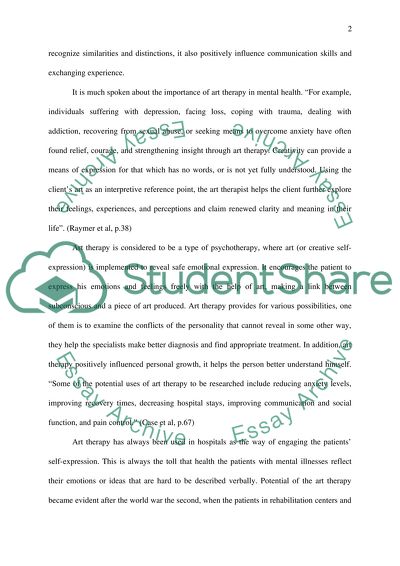Cite this document
(“Art Therapy Essay Example | Topics and Well Written Essays - 2250 words”, n.d.)
Art Therapy Essay Example | Topics and Well Written Essays - 2250 words. Retrieved from https://studentshare.org/health-sciences-medicine/1517300-art-therapy
Art Therapy Essay Example | Topics and Well Written Essays - 2250 words. Retrieved from https://studentshare.org/health-sciences-medicine/1517300-art-therapy
(Art Therapy Essay Example | Topics and Well Written Essays - 2250 Words)
Art Therapy Essay Example | Topics and Well Written Essays - 2250 Words. https://studentshare.org/health-sciences-medicine/1517300-art-therapy.
Art Therapy Essay Example | Topics and Well Written Essays - 2250 Words. https://studentshare.org/health-sciences-medicine/1517300-art-therapy.
“Art Therapy Essay Example | Topics and Well Written Essays - 2250 Words”, n.d. https://studentshare.org/health-sciences-medicine/1517300-art-therapy.


